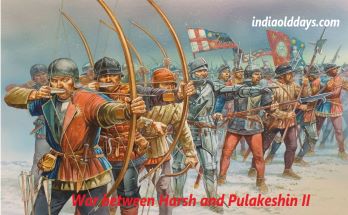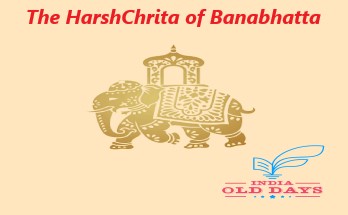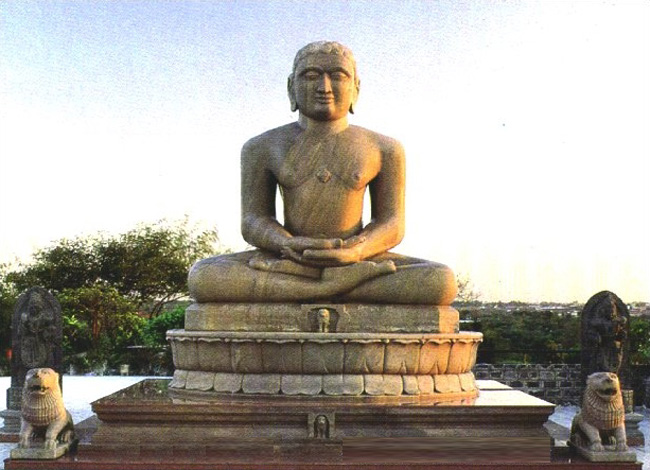Economic Conditions in Harsh Period
We get information about the economic condition of Harsh period India from the texts of Baan, Chinese sources and the writings of the then. It is clear from all sources that the economic condition of the country was advanced at that time. Agriculture was the mainstay of people’s livelihood. Huensang writes that at that time the country’s economic condition was advanced. Agriculture was the mainstay of people’s livelihood.
Hiuensang writes that food and fruits were produced in a plentiful amount. According to Harshcharit, apart from rice, wheat, reed etc. apple, grapes, pomegranate etc. were also grown in Srikanth district. Most of the lands was in the hands of feudal lords. Some lands was given as a donation to Brahmins. It was called Brahmadeya. All kinds of rights related to his type of land were available to the donor. In the articles of Madhuban and Banskhera, there is description of Harsh donations to the village.
Literary and archaeological tools providing information about Vardhan dynasty.
Various types of land are Mentioned , which are as follows-
- Aprda(Insuperable)
- Aprahata(Non Cultivated)
- Khil(Barren)
There was a good system of irrigation for agriculture. In Harshacharit there is mention of tulayantr (water pump) as a means of irrigation. Apart from Agriculture, Commerce, Business, Industry and Trade were also in progress. There were many several major trading towns in the country. Trade – Business was done by categories. There were different categories of different businessmen. She also taught business to her members so that they could master their skills. It is mentioned in Harshacharit that at the time of Rajyashree’s marriage, categories of accomplished artists were called to decorate the palace. Markets were used at major places and goods were traded and sold. Contemporary articles mention the office bearers of Shaulik, Tariq, Hattamati, who were related to the market system.
The details of all these taxes are as follows-
- Shaulkik Tax – Tax collector.
- Tarrik Tax – Tax collector on the river pier and
- Hattmati Tax – There was an officer to charge for the goods sold in the market.
Some cities had become quite famous due to their trade. Hiuensang tells that trade was the main reason for the prosperity of Thaneshwar country. Baan has described Thaneshwar city as Chintamani land for guests and Lalbhumi for traders. The residents here were mostly traders, who traded various goods.
Mathura was famous for the manufacture of cotton clothes. Ujjayini and Kannauj were also very prosperous in economic terms. Baan has described the residents of Ujjayini as Millionaire (Kotyadhish). In the markets there, precious diamonds and jewels were adorned for sale. Kannauj was famous for rare commodities, which were purchased from merchants from far off countries. The people of Ayodhya were pioneers in various crafts. Gold and silver were available in abundance in the country. Coins were the medium of exchange. But very few coins of this period are found, which is indicative of the decline of trade-commerce.
There was both internal and external trade in the country. For this, land and waterways were used. Hiuensang, describing Kapisha, writes that trade materials were transported from every corner of India. Indian traders used to go to western countries from here. Central Asia and China were reached through Kashmir. Tamralipti in Eastern India and Bhanch in Western India were well-known commercial ports. India had close trade relations with China and the eastern islands. Ships from the Tamralipti traveled to the Malay Peninsula. From here a route went west. Itsing writes that when he went west from here, several hundred merchants accompanied him to BodhGaya. There was also a trade route between Ayodhya and Tamralipti.
Thus, although literature depicts the prosperity of a happy India, physical evidence suggests that this was a period of economic decline. The post-Gupta Period stages of the excavations of cities such as Ahichatra and Kaushambi report their decline.
Chinese traveler Hiuensang description also shows that by the seventh century, many towns and cities were deserted. During this period, there is a severe lack of seals of currencies and trades categories. All these evidences prove that this period was the period of the decline of trade and commerce, and the society was becoming increasingly agrarian.
Reference : https://www.indiaolddays.com




